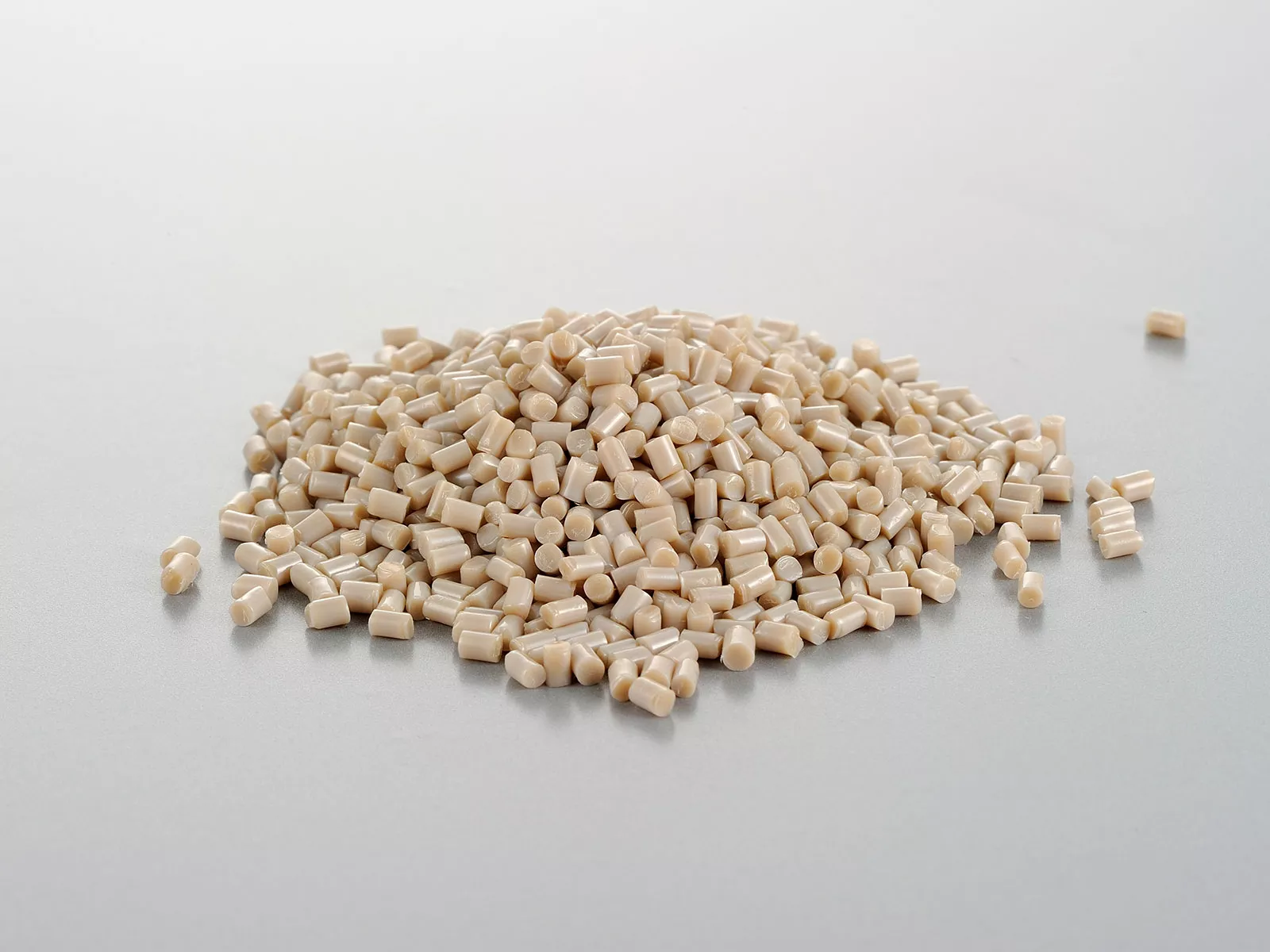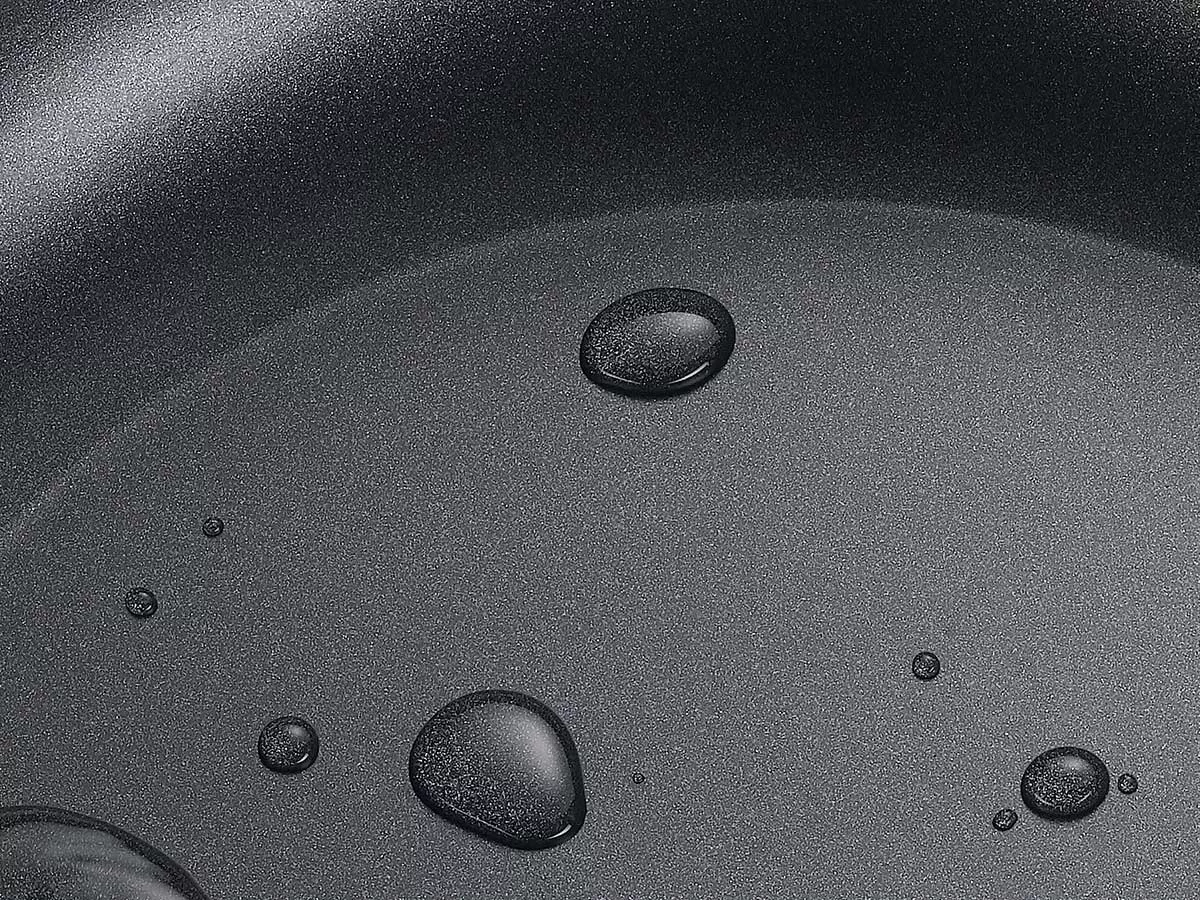Per- and polyfluoroalkyl substances, or PFAS, represent a vast group of synthetic chemicals found across numerous industries. Their widespread use has led to their detection as pollutants in various environmental settings, and some types have been associated with adverse health outcomes.
These chemicals are characterized by their carbon-fluorine bonds, noted for being exceptionally strong within organic chemistry. This characteristic makes PFAS resistant to breaking down, whether in usage or in natural settings. Furthermore, PFAS can travel significant distances from their original release point, making their environmental impact widespread.
The presence of PFAS has been consistently recorded in groundwater, surface waters, and soils, posing significant challenges and high costs for cleanup efforts. Without addressing the ongoing release of these substances, their accumulation in the environment, as well as in drinking water and food supplies, is expected to persist.
What are the Concerns with PFAS?
The primary issue with PFAS lies in their incredible persistence within the environment, outlasting virtually all other synthetic compounds. This endurance means that once released, they continue to accumulate, posing long-term exposure risks to humans and wildlife alike. Even a complete halt in PFAS release today would leave a lasting legacy of contamination for future generations.
PFAS's environmental impact is profound, as they often contaminate groundwater and drinking water, making cleanup efforts both challenging and expensive. Some PFAS have been linked to toxic effects in humans, animals, and plants, including reproductive toxicity, developmental harm to fetuses, potential cancer risks, and possible disruptions to the human hormonal system.
These substances find their way into the environment through various channels, including manufacturing and industrial uses, consumer products like cosmetics and water-resistant clothing, and food packaging materials. This wide range of exposure means that people can come into contact with PFAS daily, through food, water, and their surroundings.
Despite these concerns, PFAS have been favored for their unique properties, such as thermal stability and their ability to repel water and grease. They are integral to many industries, including aerospace, automotive, textiles, construction, electronics, and firefighting, to name a few.
In recent years, there has been a shift away from certain harmful PFAS towards safer alternatives or fluorine-free options. This change is driven by a growing awareness of the adverse effects some PFAS have on health and the environment, leading to a gradual phasing out of particularly problematic variants in favor of less harmful substances.
How Are PFAS Regulated in the EU?
In the European Union, strict measures are in place to regulate the use of PFAS, a group of harmful chemicals. The regulation of these substances began with the inclusion of perfluorooctane sulfonic acid (PFOS) and its derivatives in the international Stockholm Convention in 2009, aiming to phase out their use. The EU has restricted PFOS for over a decade through its Persistent Organic Pollutants (POPs) Regulation.
The Stockholm Convention also targets the elimination of perfluorooctanoic acid (PFOA), its salts, and related compounds, which have been banned in the EU since July 4, 2020, under the same regulation. In a recent development, in May 2023, the EU expanded its regulation to include PFHxS, its salts, and related compounds, with the new rules coming into effect on August 28, 2023.
The EU is also considering regulating long-chain perfluorinated carboxylic acids (C9-21 PFCAs) under the Stockholm Convention for global elimination.
Additionally, the EU has imposed restrictions under the REACH framework. Since February 2023, perfluorinated carboxylic acids (C9-14 PFCAs), their salts, and precursors face restrictions in the EU/EEA, following a joint proposal by Germany and Sweden. Germany has further proposed restricting undecafluorohexanoic acid (PFHxA) and its related substances, with the European Commission and EU countries expected to make a decision soon.
Moreover, in support of environmental protection efforts, Germany, Denmark, the Netherlands, Norway, and Sweden have proposed a broad restriction on PFAS uses, which is currently under evaluation by the European Chemicals Agency (ECHA). In a separate initiative, ECHA has proposed restrictions on PFAS in firefighting foams, with a decision pending from the European Commission and EU countries. This specific use of PFAS is not included in the broader restriction proposal submitted by the five countries.
Substances of Very High Concern (SVHCs) under the EU's REACH regulation
Numerous PFAS chemicals are flagged as Substances of Very High Concern (SVHCs) under the EU's REACH regulation. These include, but are not limited to, PFOA, certain perfluorinated carboxylic acids (C9-14 PFCAs), and PFHxS.
Three waves of PFAS classification occurred in June 2019, January 2020, and January 2023, marking them as SVHCs due to their detrimental environmental and health effects. The classifications spotlighted several PFAS compounds:
- HFPO-DA and related substances, recognized for their role in fluoropolymer production as a PFOA alternative, with the ammonium salt version known as GenX;
- PFBS and its derivatives, identified as substitutes for PFOS; and
- PFHpA along with its salts.
These substances were selected based on their durability in the environment, ability to travel, and harmfulness, representing significant risks to both human health and wildlife, akin to the dangers posed by carcinogens and toxic chemicals.
In addition to SVHC listing, REACH oversees the ongoing evaluation of various PFAS to address potential health or environmental risks from their production and usage.
Classification, Labelling and Packaging (CLP) Regulation
Under the CLP Regulation, several PFAS have received harmonized classifications for their health and environmental hazards. This list includes PFOA, APFO, PFNA and its salts, PFDA and its salts, and PFHpA. Furthermore, RAC has proposed a harmonized classification for 6:2 FTOH, pending approval from the European Commission and EU member states for CLP Regulation inclusion. This regulatory framework underscores the EU's commitment to assessing and mitigating the risks associated with PFAS chemicals.
How Are PFAS Regulated in the US?
In a move to enhance environmental safety and health, the EPA announced new proposed regulations in February 2024 under the Resource Conservation and Recovery Act (RCRA). These proposals aim to include nine PFAS substances in the hazardous constituents list, reinforcing the agency's and states' ability to mandate cleanups for substances targeted by RCRA, emphasizing the commitment to safeguarding communities from PFAS and similarly concerning chemicals.
Advancements in PFAS Detection Techniques
To improve the detection and analysis of PFAS in various environments, the EPA introduced three advanced methods in January 2024. These include:
- The establishment of EPA Method 1633 for the identification of 40 PFAS types in multiple samples, including water, soil, and fish tissue.
- The introduction of EPA Method 1621, designed for a broad screening of compounds with carbon-fluorine bonds, notably PFAS, in wastewater.
- The development of Other Test Method (OTM)-50, focused on measuring 30 volatile fluorinated compounds in the air, marking significant progress in environmental monitoring efforts.
Expansion of Toxics Release Inventory Reporting
The EPA expanded its Toxics Release Inventory (TRI) by automatically adding seven more PFAS chemicals in January 2024, as per the directives of the Fiscal Year 2020 National Defense Authorization Act. This inclusion necessitates TRI reporting for these chemicals starting from the reporting year 2024, signifying a crucial step towards transparency and control in the management of PFAS emissions.





